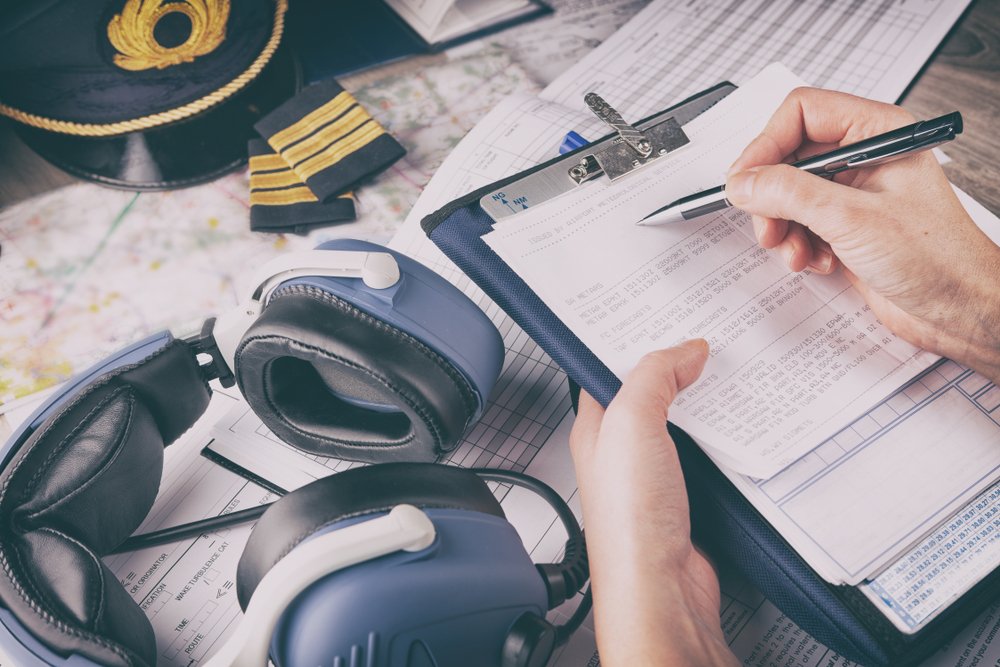Flying has always been one of humanity’s most remarkable achievements, and it wouldn’t be possible without the complex array of instruments found in an aircraft cockpit. These instruments are crucial for maintaining control, ensuring safety, and navigating the skies with precision. In this comprehensive guide, we’ll explore the various types of aircraft instruments and their functions, providing a deeper understanding of the technology that keeps us safe in the air.
Chapter 1: The Primary Flight Instruments
1.1. Airspeed Indicator: This instrument measures the aircraft’s speed through the air, usually in knots. It’s vital for maintaining a safe and efficient flight.
1.2. Attitude Indicator (Artificial Horizon): The artificial horizon displays the aircraft’s pitch and roll attitude, helping the pilot maintain level flight and control during maneuvers.
1.3. Altimeter: Altimeters measure an aircraft’s altitude above sea level, crucial for maintaining proper clearance above terrain and for compliance with air traffic control instructions.
Chapter 2: Navigation Instruments
2.1. Compass: While modern aircraft rely heavily on electronic navigation systems, a magnetic compass remains a crucial backup instrument for directional reference.
2.2. GPS (Global Positioning System): GPS systems provide accurate position, velocity, and time information, enabling precise navigation and route planning.
2.3. VOR (VHF Omnidirectional Range) Receiver: VOR is a ground-based navigation aid that helps aircraft determine their radial position relative to a VOR station, aiding in navigation along established airways.
Chapter 3: Communication Instruments
3.1. Radio Transceiver: The radio transceiver is the primary means of communication between the aircraft and air traffic control. It enables pilots to receive instructions, weather updates, and relay information.
3.2. Transponder: The transponder sends identifying information and altitude data to air traffic control radar, enhancing aircraft visibility and safety during flights.
Chapter 4: Engine Instruments
4.1. Tachometer: This instrument measures the engine’s rotational speed (in RPM), allowing pilots to monitor engine performance.
4.2. Manifold Pressure Gauge: Manifold pressure gauges indicate the engine’s power output, helping pilots optimize fuel consumption and performance.
4.3. EGT (Exhaust Gas Temperature) Gauge: EGT gauges monitor exhaust gas temperatures, providing crucial information about engine health and efficiency.
Chapter 5: Weather Instruments
5.1. Radar: Weather radar systems help pilots detect and navigate around storms, turbulence, and other weather hazards.
5.2. Pitot-Static System: This system includes instruments like the pitot tube and static ports, which measure air pressure and temperature. It’s essential for accurate airspeed and altitude readings.
Chapter 6: Miscellaneous Instruments
6.1. Clocks and Timers: These instruments help pilots track time during flight, aiding in navigation, fuel management, and compliance with air traffic control.
6.2. Emergency Instruments: In case of electrical system failure, emergency instruments like the standby attitude indicator and altimeter provide crucial backup information for safe flight.
Chapter 7: Glass Cockpit Technology
Modern aircraft increasingly feature glass cockpits, which replace traditional analog instruments with electronic displays. These advanced systems integrate navigation, communication, and engine data into a single interface, improving situational awareness and reducing pilot workload.
Conclusion
Aircraft instruments are the backbone of aviation safety and precision. They provide pilots with essential data to make informed decisions, navigate accurately, and maintain control over their aircraft. As technology continues to advance, these instruments will only become more sophisticated, further enhancing aviation safety and efficiency. Whether you’re a pilot, aviation enthusiast, or simply curious about the inner workings of an aircraft, understanding these instruments is a fascinating journey into the world of aviation. So, next time you’re on a flight, take a moment to appreciate the complexity of these instruments that enable us to soar through the skies with confidence.
For more updates, follow us on Instagram.





Leave A Comment